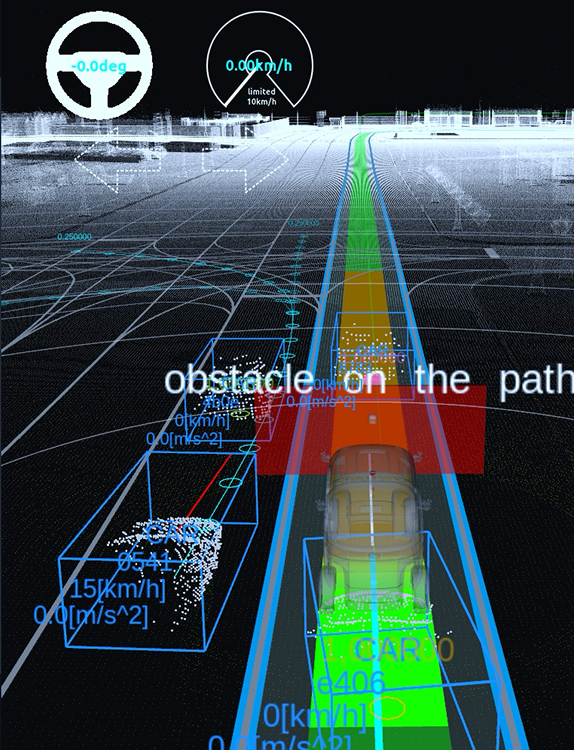Virtual Testing and Hardware-in-Loop Integration
The client faced critical inconsistencies between virtual simulation results and real-world hardware testing, creating:
Validation Delays:
Software Reliability Issues:
Process Inefficiencies:
The client needed a robust framework to validate virtual testing accuracy and ensure simulation results translated reliably to physical hardware.
Helpforce engineers developed a comprehensive simulation-to-reality validation system:
Integrated Testing Framework:
Bug Detection and Mitigation:
Cross-Validation Tools:
Platform Reliability Enhancement:
Workflow Optimization:
Performance Improvement:
Technical Reliability:
Process Excellence:
Client Impact:
VRED | Nviz | Python | Hardware-in-Loop (HiL) Testing | Simulation Validation | Geometric Computation | Virtual Environment Integration
Bridging the gap between virtual simulation and physical reality is critical for autonomous system development. Robust validation frameworks enable teams to trust virtual testing, accelerate development, and reduce costs.
